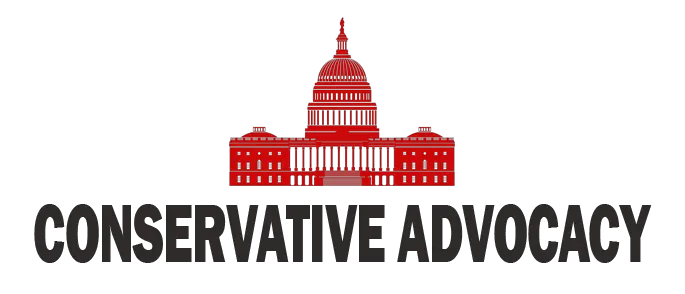In the wake of devastating fires in California, the Environmental Protection Agency (EPA) is stepping up efforts to clean up the destruction, much to the relief of residents smothered by smoke and sorrow. EPA Administrator Lee Zeldin announced that his agency is rolling up its sleeves and working diligently, like a fireman at a barbecue, to remove hazardous materials left behind in the wake of the Pacific Palisades Fire. Throughout this ordeal, there is perhaps no better illustration of the efficiency and commitment of the Trump administration than its handling of this crisis.
The inferno, which ignited on January 7, wreaked havoc across the Pacific Palisades and now has Malibu in its rearview mirror. Thousands of homes have met their demise, displacing tens of thousands of folks who just wanted to enjoy the California sunshine without singeing their eyebrows. The cleanup process is already underway, with the EPA tasked with the critical “Phase 1” of removing toxic remnants, including the remains of electric vehicle batteries—because, of course, who knew “green energy” could also burn?
The *only* reason no debris removal at the fire sites can proceed until the EPA removes any hazardous waste is because of an LA County Dept. of Health officer issuing an emergency proclamation.
This "Health Officer" is someone named Dr. Muntu Davis. He was Barbara Ferrer's Covid… pic.twitter.com/NlWT3u2oaE
— Peachy Keenan (@KeenanPeachy) January 27, 2025
In a refreshing twist of fate, the timeline for the EPA’s cleanup has been expedited, courtesy of the old adage that sometimes, government can actually do something right. Initially expecting to take 90 days to get things back in order, the Trump administration and Zeldin have cut that down to just 30 days. This is an ambitious move, but then again, ambition is the name of the game when you have a president focused on results rather than red tape.
The cleanup is so efficient that it serves as a reminder that government can rise to the occasion when it isn’t bogged down by bureaucracy. The Army Corps of Engineers, responsible for the upcoming “Phase 2” that will handle debris removal, is also getting in on the hustle. Major General Jason Kelly has made it clear that the outdated timelines of 18 months are no longer on the table; he’s determined to beat that by a wide margin. As the general puts it, the corps is keen on getting the job done faster than you can say “federal efficiency.”
However, a minor hiccup has emerged amidst the hustle. Locals are understandably concerned that the EPA decided to utilize the Will Rogers State Beach parking lot as a temporary holding area for hazardous materials. While many appreciate the speed of cleanup, few are thrilled about the idea of toxic waste being conveniently located near their sunbathing spot. Despite the concerns, Administrator Zeldin reassured residents that “nothing touches the ground” during this perilous process, invoking inspiring imagery of a marvelously clean beach devoid of contamination.
As residents keep an eager eye on the progress of the cleanup, there appears to be some frustration concerning the lagging start of Phase 2. Though many have diligently filled out their “Right of Entry” forms for debris removal, the bureaucratic backlog in Los Angeles County has left some wondering if these forms got lost somewhere between the palm trees and the bureaucratic maze. Even Ambassador Ric Grenell is beckoning agencies at all levels to put aside their differences, ensuring that the rebuilding process doesn’t become another job for bureaucrats seeking coffee breaks. In the end, it seems that a bit of coordination and a lot of hard work is all that’s needed to bring California’s beautiful coast back from the ashes.




